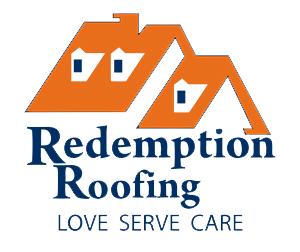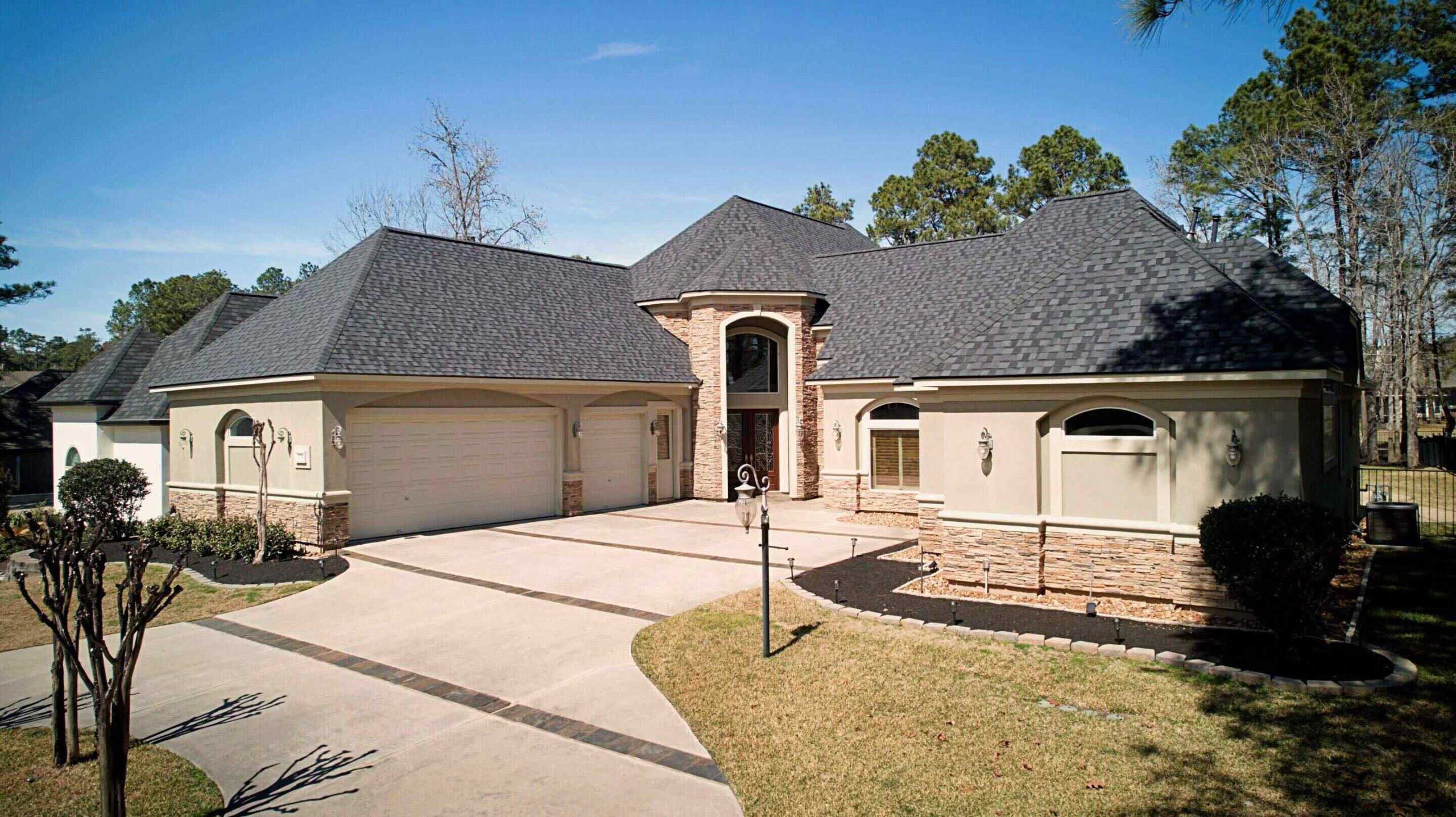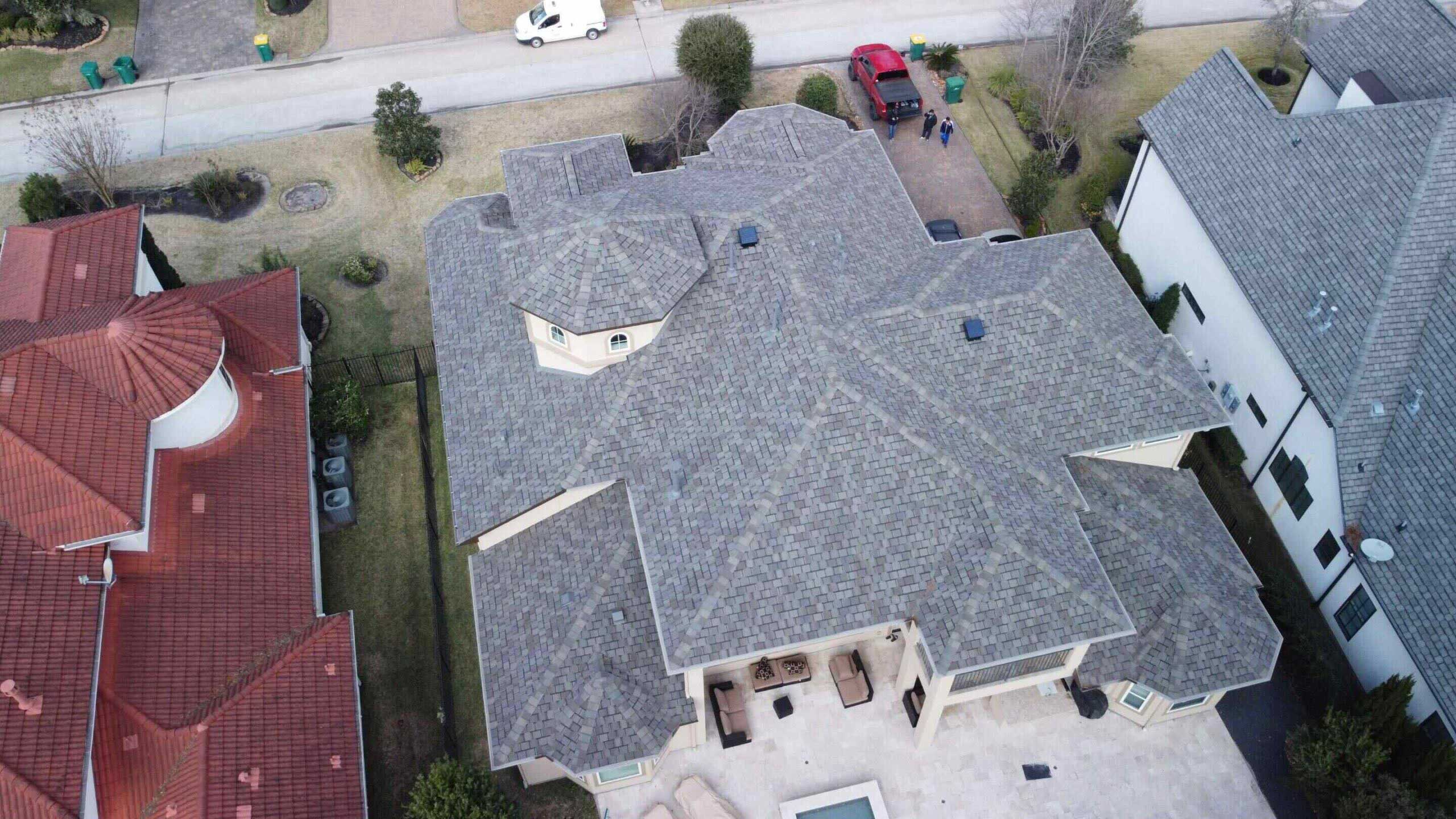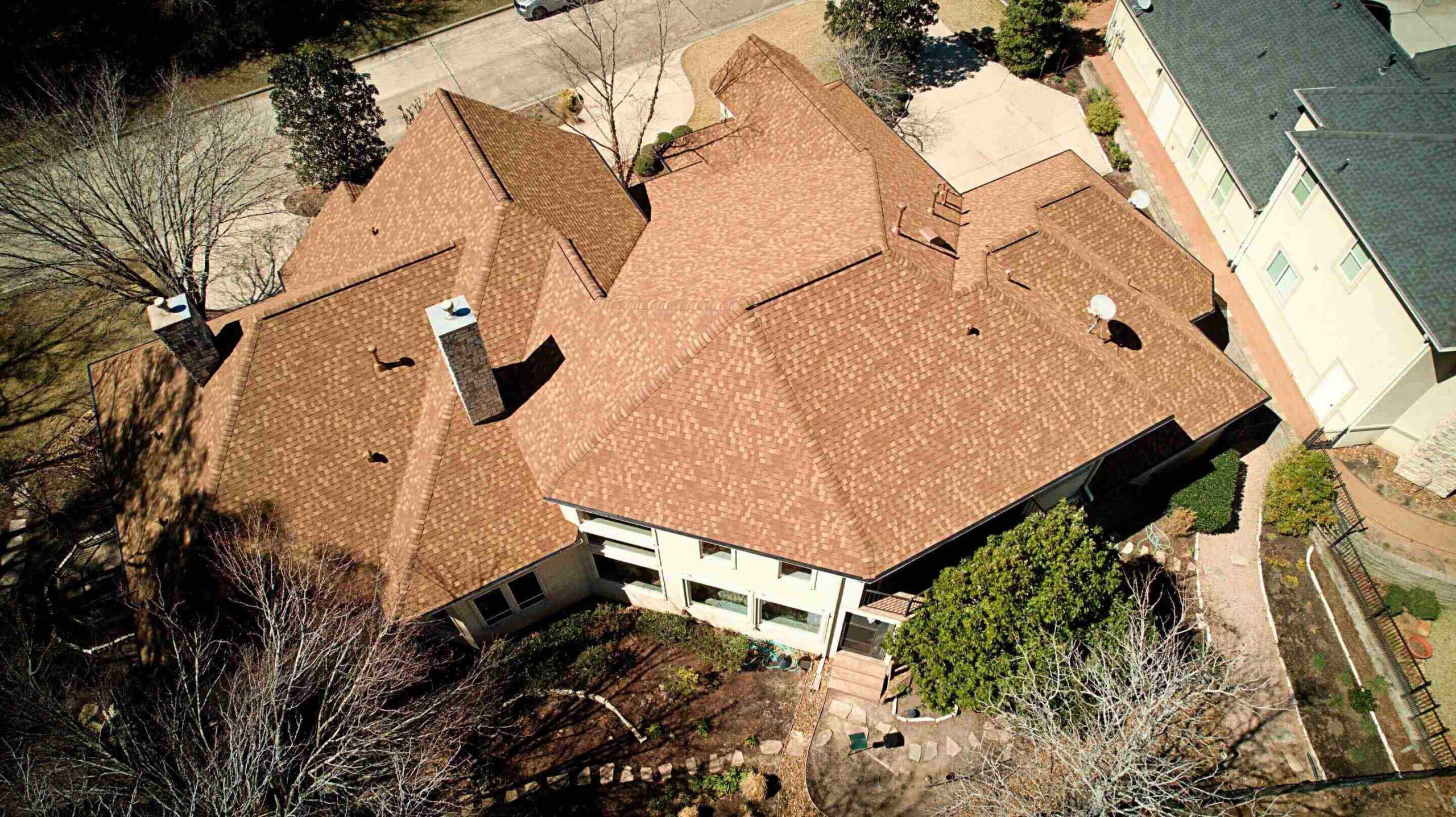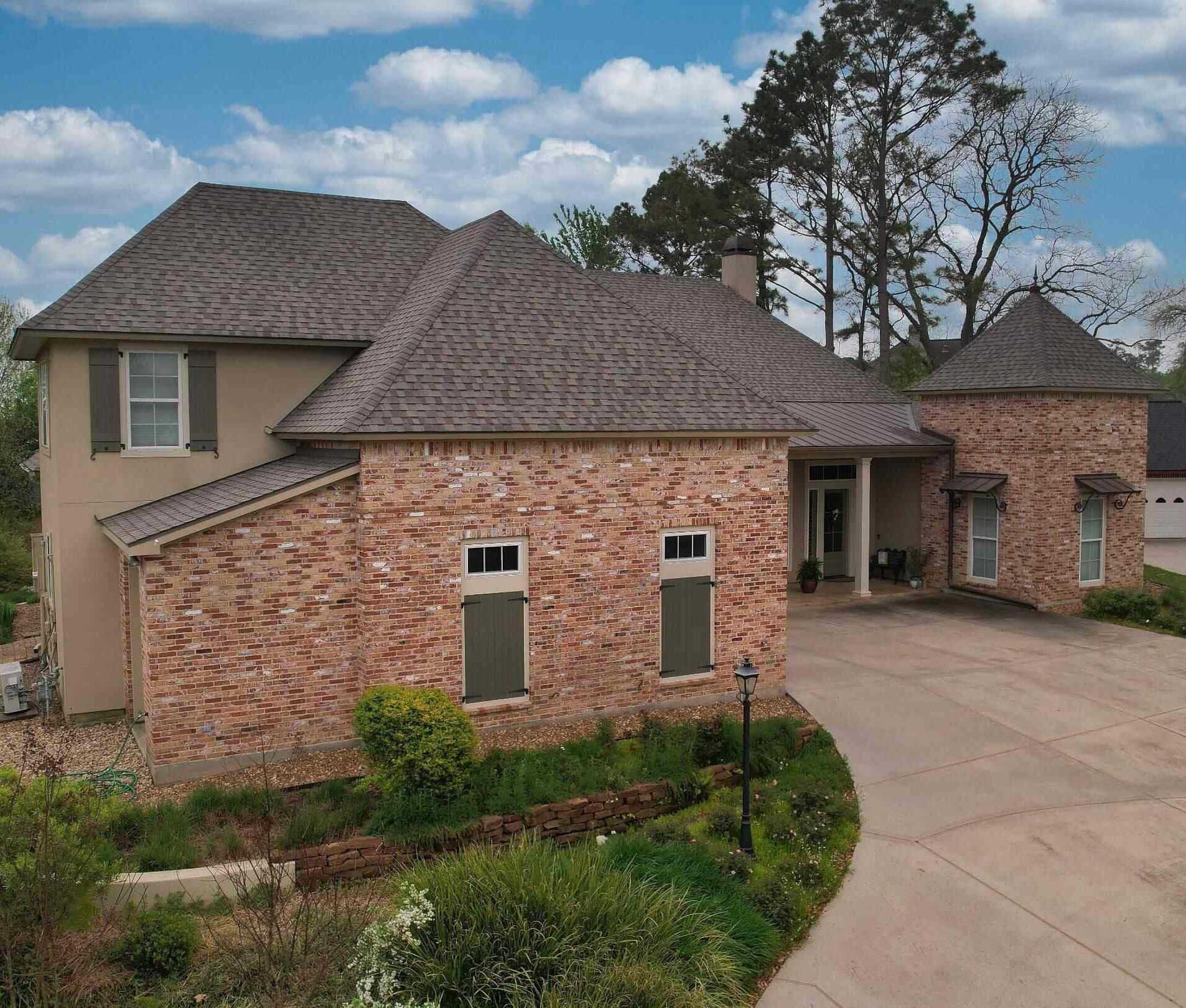Unlike what many homeowners believe, choosing a roofing material isn’t solely based on how it looks. While appeal matters and it’s important to go for an option that complements your home’s aesthetic, you must also consider your roof pitch. Pitch refers to the slope or slant of your roof.

A roof repair recommends pitch ranges for popular roofing materials and discusses why roof pitch defines your material options.
What Is Roof Pitch?
A ratio represents the roof pitch, with either division slash or colon separating the two numbers. These figures signify the ratio between two measurements of the roof. The numerator or first number indicates the height or vertical measurement of the roof. Meanwhile, the denominator or second number connotes the length or horizontal measurement of the roof, which is always 12.
Moreover, the roof pitch is a ratio that represents the amount of rise there is in a roof over a 12-unit horizontal distance. For instance, in a 4:12 roof, the system changes in four feet in vertical height for every 12 horizontal feet. Most homes have roof pitches ranging from 4:12 to 8:12.
Low-Pitched VS High-Pitched Roofs
In the 1960s, people found modern home styles with little pitch more attractive. At the time, roofs only have a slight slope to allow water to drain properly. These roofs appear flat, with a pitch of as low as 1:12. On the other hand, during the Victorian era, homes featured sharp-angles with a steep pitch. These homes have roofs where the numerator exceeds the denominator, with a pitch of as steep as 18:12.
While flat roofs look completely flat, they actually have a little pitch to allow for drainage and prevent ponding water. This type of roof is not ideal for all structures but they are great for extensions, garages, and porches. Today’s architects are even utilizing flat roofs to give homeowners the option of a roof garden if they have no room for a traditional one.
If you’re thinking of building a rooftop garden, make sure that your contractor angles your roof correctly. Pooling water can be an issue of improperly angled flat roofs. Standing water along with debris on the roof can quickly become heavy and lead to problems such as mold, leaks, and wall cracks.
Moreover, a pitched roof drains water and snow more efficiently and quickly. With this type of roof, you don’t need to worry about damage due to pooling water. This is also a reason it’s popular in residential structures. Compared to flat roofs, the materials used for pitched ones have a longer lifespan and require less maintenance.
How Roof Pitch Affects Your Material Options
Not all roof pitches are suitable for every climate. For instance, a flat roof may not hold up as well as a steep roof when exposed to constant heavy rains or snow. It may even start to buckle due to the snowfall’s weight.
Those living in areas that only experience light snow shouldn’t worry about having a slightly low-sloped roof. This type of roof is great for ranch homes and ones located in the Southwest. Materials, such as metal and concrete work better for low-pitched roofs while tile and shingles, layered to shed rainwater, are ideal to moderate to high-pitched roofs.
Climate plays a major role in choosing a roof pitch and material for your home. You’ll want to have a steeper roof if you live in a place where it snows a lot. Doing so will allow snow to easily slide off the roof. An experienced contractor can help you choose the best roofing material for your area and roof pitch.
Ideal Materials for .25:12 to 3:12 Roof Pitches
You can usually find low-slope roofs in contemporary homes and industrial buildings. These roofing systems usually have a slope between 1:12 and 3:12.
Torch-Down Roofing – A torch down roofing is a single-layer membrane-style material that’s activated by heating a torch during installation. This material is highly resistant to leaks and has a long lifespan. It can also provide great insulation for your home or building.
Built-Up Roofing (BUR) – Also called tar-and-gravel, BUR features alternating layers of bitumen and reinforced fabric. BUR offers superior resistance to ultraviolet light and waterproofing protection. It comes with special coatings that improve the roof’s reflectivity, helping you stay comfortable indoors and save on heating and cooling costs.
Rubber Membrane: Ethylene propylene diene monomer (EPDM) is a rubber that roofers install using glue or mechanical anchors. EPDM is known for its durability and is expected to last for more than 20 years with proper maintenance. When installed correctly, this material can keep your property protected while helping reduce your energy bills.
Standing Seam Metal: This roofing material is made from aluminum or steel panels secured together in raised seams. It’s a great roof replacement option for systems with pitches as low as .25:12. Whether you have a flat or steep roof, this material works well.
Best Option 4:12 to 20:12 Pitches
Many of today’s residential roofing systems have roof pitches of between 4:12 to 20:12. The most popular roofing option for these systems is asphalt or composite shingles. Traditional three-tab shingles remain the most preferred material. They are extremely flexible that they can be used in different roof pitches. You can use them for roof pitches as steep as 4:12 to 12:12. These roofs are neither too flat nor too steep.
Roofs With 5:12 to 12:12 Pitches
Like asphalt shingles, wood and slate shingles are popular residential roofing options. However, they may not be suitable for much flatter roofs as they are more susceptible to leaks. Wood and slate shingles don’t lock as tightly as other kinds of shingles.
At Redemption Roofing, our experienced roofers are here to help you determine the best solutions for your home. We specialize in roof replacement, storm damage repairs, and more. Call us at 936-321-3733 (North Houston) or 830-214-7779 (Hill Country). You may also fill out our contact form to request a free inspection and cost estimate.
